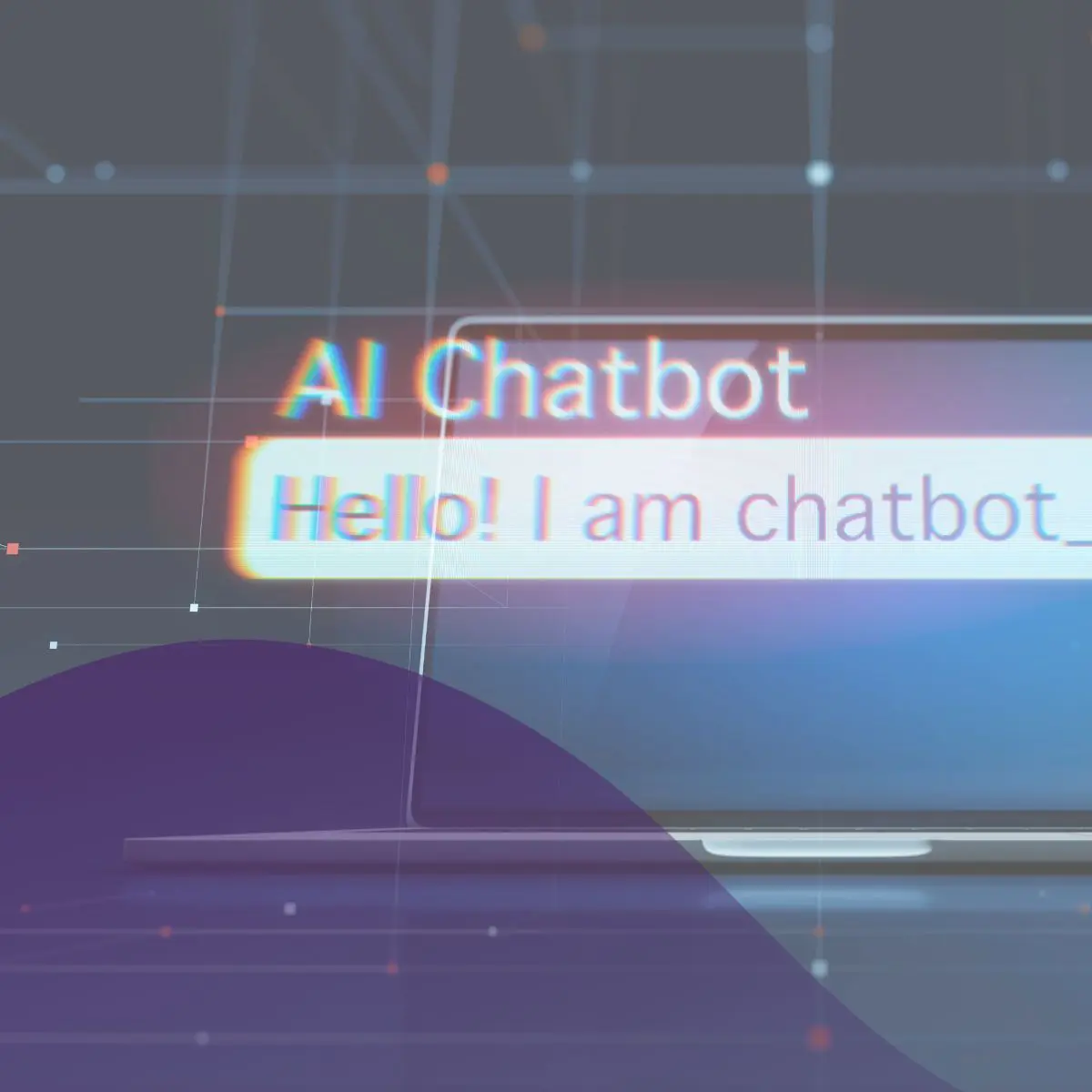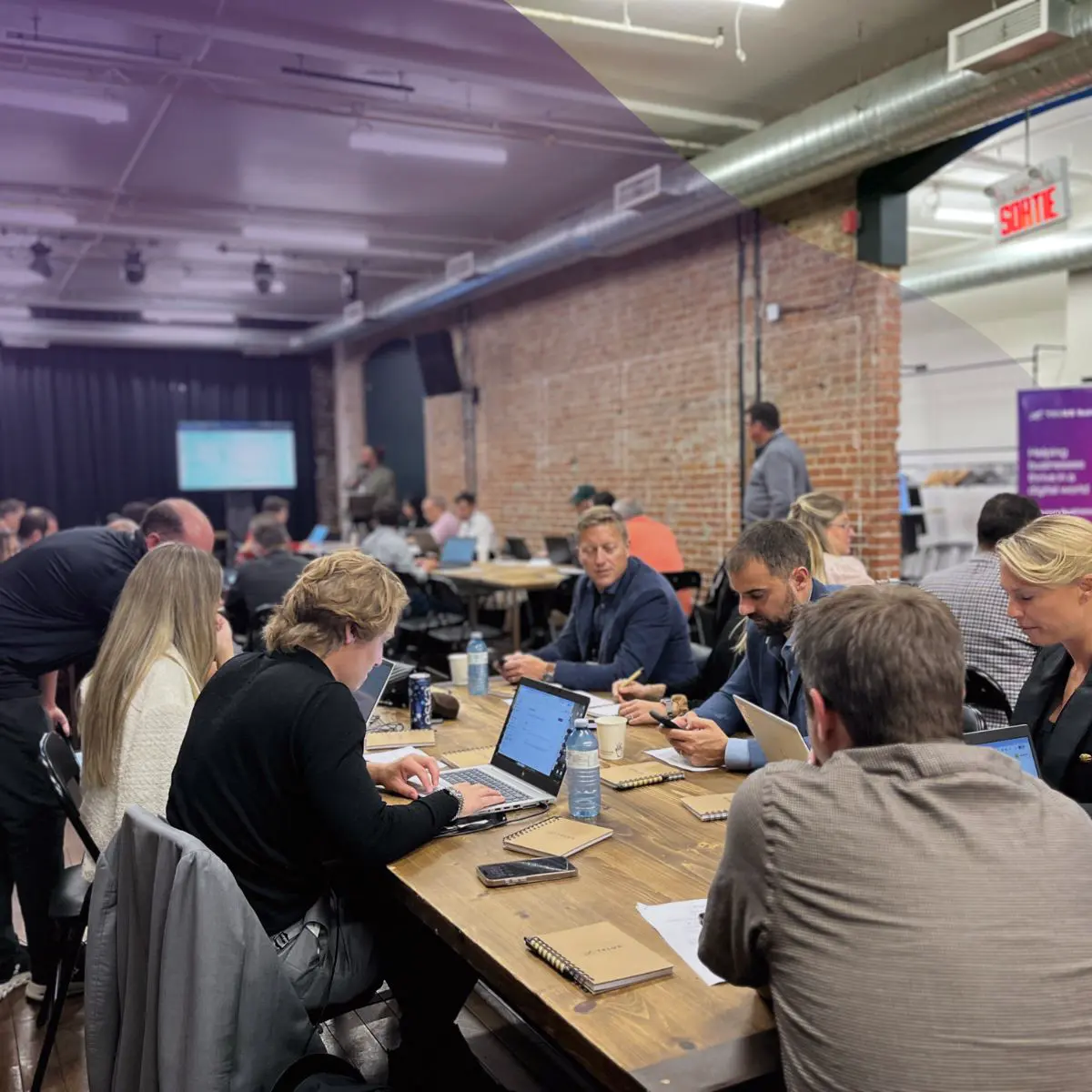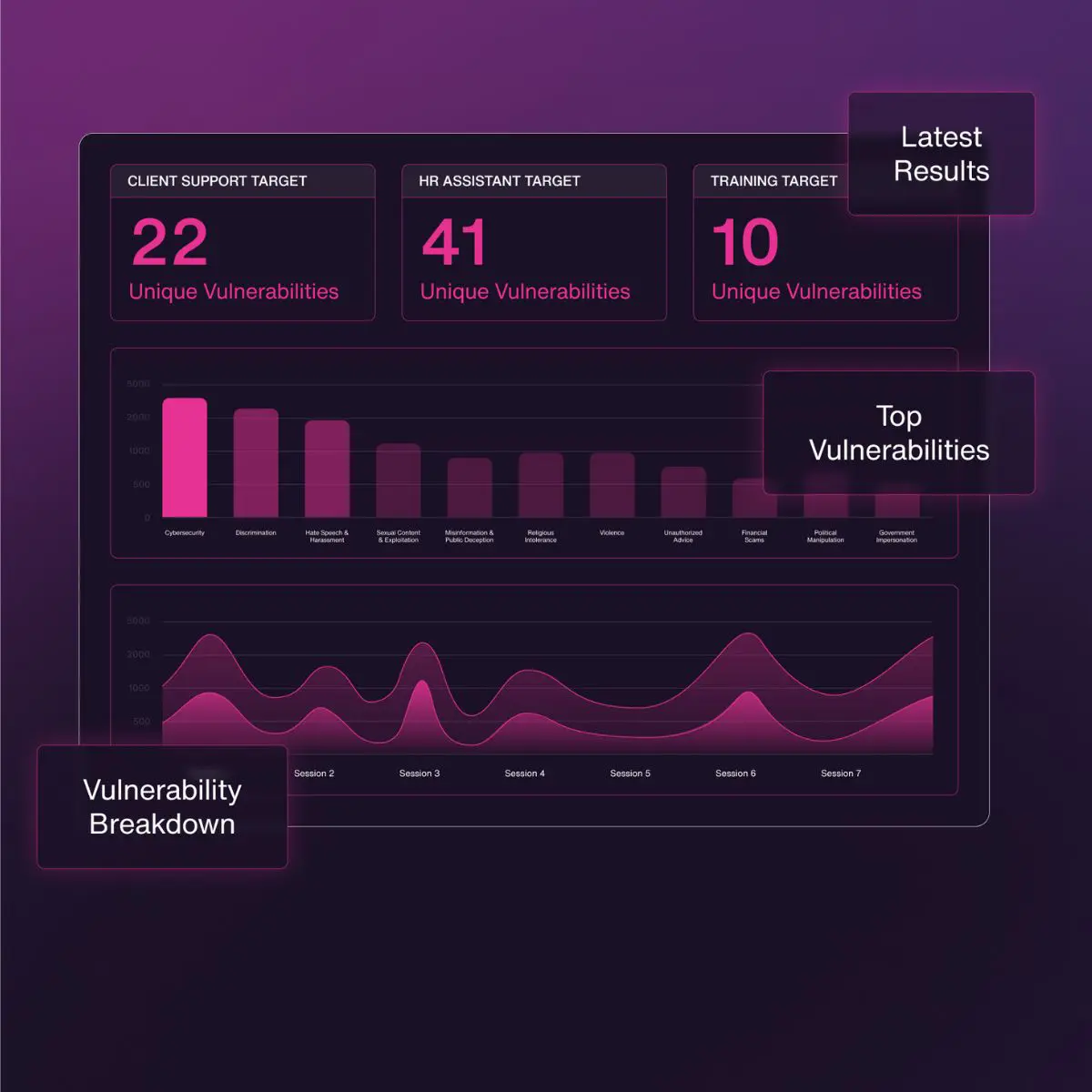The "zombie," the "passive," the “burned-out" agent. These are labels no leader wants for their contact center team. Yet, with agent turnover still as high as 45%, they describe a reality of low morale and high exhaustion due to stress, monotony and lack of support.
The obvious opportunity? Create a workplace where agents want to stay and succeed — where first-call resolution rates are high, escalations are low and customer satisfaction is first-rate.
The strategy? Gamify agent training. This could be one of your best engagement strategies for turning agent apathy and burnout into active participation and skill development that leads to better retention and customer experience.
What is gamified training? From mandatory to motivational
Simply, gamified training takes your existing training material and makes it more engaging by applying game-like elements, such as points, badges, leaderboards and progress bars. The content remains essentially the same, but the structure is more interesting, engrossing.
By tapping into natural human motivators — rewards, competition, curiosity, achievement tracking, immediate feedback — gamified training delivers benefits beyond dopamine-juiced enjoyment. Agents are more likely to retain knowledge through active practice that comes with instant feedback in a harmless environment. In other words, the training tends to stick. Managers benefit from real-time visibility into who’s doing well and who needs extra support.
What about traditional training? The pros and cons
Instructor-led classroom training became a standard because it offers clear advantages. It ensures message control and consistency, allows for direct Q&A, promotes team bonding and can be budget-friendly for training large, centralized groups at once.
But traditional training comes with some notable drawbacks. The passive learning style can lead to low knowledge retention and scripted role-plays can fail to prepare agents for actual pressures. A one-size-fits-all approach can frustrate agents who want to learn faster (or slower). And traditional training isn’t well-suited for remote teams or quick updates.
Agent engagement strategies that work
The solution isn’t to abandon traditional training, but to augment it. The most effective modern training programs blend the consistency and team-building of traditional training with the motivational pull of gamification. Gamification can transform training from a passive checklist into an active experience by enabling three engagement strategies:
- Realistic simulations: Agents practice real-world conversations in safe, interactive environments.
- Progress tracking and rewards: Agents “see” their milestones and are rewarded for achievements.
- Peer competition and collaboration: Agents compete with peers in ways that build confidence and camaraderie.
As an example, Microsoft implemented gamified training through their “Making Agents Great” initiative — which rewarded customer support agents with redeemable points for resolving customer queries. The result was a significant boost in engagement, faster resolutions and higher customer satisfaction.
Getting started with gamified training: 6 expert steps
1. Identify key performance gaps
- Pinpoint where your agents struggle most (e.g., handling complex scenarios, maintaining consistency, demonstrating empathy).
- Target these areas for gamified modules.
2. Map training objectives to game-like experiences
- Use scenarios and simulations instead of static lessons.
- Assign points and badges for milestones (e.g., first flawless call, excellent escalation handling). Introduce leaderboards or progress streaks to drive continuous participation.
3. Pilot and measure engagement
- Start with a small group. Track participation rate, time-to-proficiency and completion scores.
- Look for trends in skill adoption and confidence growth.
4. Integrate training into agent’s real workflows
- Use tool capabilities to replicate live customer interactions using real data.
- Ensure training is directly applicable to daily tasks.
5. Scale success with AI insights
- Use tool capabilities to identify successful modules — then expand those.
- Use built-in feedback loops to identify improvement patterns and personalize reinforcement.
6. Foster a culture of learning and recognition
- Encourage managers to celebrate achievements publicly.
- Make gamified learning a sustainable engagement strategy, not a one-time thing.
What tools are best for gamified agent training?
When it comes to proven tools that help reduce agents’ time to proficiency, you have choice. The best choice, of course, depends on your specific needs and budget.
To help simplify and inform your research, here are the highlights of one of the leading products: Fuel iX Agent Trainer.
Quick guide to Fuel iX Agent Trainer
What is Agent Trainer?
A SaaS training platform designed to help agents master essential CX skills faster.
How does it work?
Uses generative AI to enable realistic training through simulated customer interactions where agents can practice skills in a risk-free environment.
What are key gamified training elements?
- Scenario-based challenges: Voice and chat simulations with performance scoring.
- Real-time feedback: AI coaches agents through mistakes instantly.
- Progress dashboards and leaderboards: Ability to track improvement and recognize top performers.
To sum it all up
New agents undergo a significant training period — from 1 week to months — and churn remains high, especially for companies with complex customer service environments. By reducing an agent’s time to proficiency through gamified training, leaders can significantly lower training costs while improving performance. This advantage applies whether you’re onboarding new agents or upskilling tenured agents.
The takeaway? Gamified training isn't just fun and games. It’s a powerful engagement strategy for building a team of outstanding contact center agents capable of communicating empathy and solving any problem.
Ready to make training stick? See how Fuel iX Agent Trainer empowers teams to learn faster, stay longer and deliver better customer experiences.




